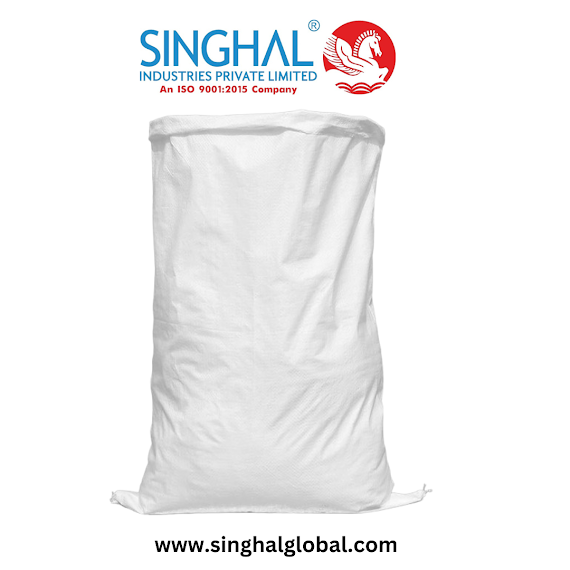Engineered Drainage Cell For Robust Landscaping
Unveiling the Hidden Architects of Greenery
The verdant tapestry of our urban landscapes, from rooftop gardens to sprawling parks, often masks a complex and vital infrastructure beneath. Beyond the aesthetic allure, the health and longevity of these green havens hinge on a subtle yet critical element: efficient water management. In the realm of contemporary landscaping, a silent revolution is underway, one that leverages innovative materials to safeguard against the perils of waterlogging and ensure the flourishing of plant life. The focus of this transformation lies in the meticulous design and implementation of underground drainage systems, a process where engineered solutions play a pivotal role. The deployment of specialized cells, designed to facilitate the rapid and effective removal of excess water, represents a significant leap forward in creating robust and sustainable green spaces. This is where the intricacies of design meet the demands of nature, creating a harmonious balance.
Constructing the Foundation for Flourishing Flora
The creation of a stable and healthy environment for plants necessitates a thorough understanding of soil mechanics and hydrological principles.
One of the most prevalent challenges faced by landscapers is the accumulation of water, which can lead to root rot, soil compaction, and the eventual demise of vegetation.The Art of Layering: Optimizing Water Flow
The success of an engineered drainage system hinges not only on the quality of the cells themselves but also on the meticulous layering of materials. A typical installation involves the placement of a geotextile fabric over the waterproof membrane, followed by the drainage cells. This fabric acts as a filter, preventing soil particles from clogging the voids within the cells.
Navigating the Urban Jungle: Solutions for Diverse Environments
The versatility of engineered drainage cells extends to a wide range of applications, from rooftop gardens and podium landscapes to sports fields and green roofs.
The Crucial Role of Reliable Suppliers
The selection of reputable Drainage Cell Suppliers India or elsewhere is paramount to ensuring the quality and longevity of the drainage system. The suppliers should offer a range of products that meet industry standards and provide comprehensive technical support. They should also be able to assist in the design and installation process, ensuring that the system is tailored to the specific needs of the project. Quality control is essential, as substandard cells can lead to system failure and costly repairs. Reliable suppliers often provide warranties and certifications, offering assurance of the product's performance. Furthermore, they should be able to provide detailed specifications and installation guidelines, enabling contractors to implement the system effectively. The availability of a wide range of accessories, such as connectors and edge profiles, is also important for ensuring a seamless and efficient installation.
Enhancing Sustainability Through Innovative Design
The use of engineered Drainage Cell Suppliers India not only enhances the health and longevity of landscapes but also contributes to broader sustainability goals.
The Long Term Benefits of a Well Engineered System
Investing in a robust engineered drainage system yields significant long term benefits. By preventing waterlogging and promoting healthy root development, these systems contribute to the longevity and vitality of plant life.
The Future of Green Infrastructure: A Call for Innovation
As urban populations continue to grow, the demand for green spaces will only increase. Engineered drainage cells represent a crucial component of the future of green infrastructure, offering a practical and sustainable solution for creating vibrant and resilient landscapes. Ongoing research and development are focused on improving the performance and sustainability of these systems, with a focus on developing new materials and design techniques. The integration of smart technologies, such as sensors and remote monitoring, is also being explored to optimize water management and enhance system efficiency.
Conclusion
The implementation of engineered Drainage Cell Singapore is a testament to the power of innovation in creating robust and sustainable landscapes. By addressing the critical challenge of water management, these systems ensure the health and longevity of plant life, enhance the structural integrity of buildings, and contribute to broader sustainability goals.
Frequently Asked Questions
What is the lifespan of an engineered drainage cell?
When installed correctly with quality materials, engineered drainage cells can last for many decades, often exceeding fifty years. Their durability is a result of the high density polyethylene material they are made from, which is resistant to degradation from water, chemicals, and soil organisms.
Can drainage cells be used in vegetable gardens?
Yes, drainage cells are highly suitable for vegetable gardens, especially raised beds and rooftop gardens. They prevent waterlogging, which is crucial for the health of vegetable plants. Ensuring the cells are made from food grade materials is necessary.
How do I choose the right size drainage cell for my project?
The size of the drainage cell depends on the specific requirements of your project, including the volume of water expected, the type of soil, and the plants being grown. Consulting with a professional landscaper or drainage cell supplier is recommended to determine the optimal cell size.
Are engineered drainage cells environmentally friendly?
Yes, many engineered drainage cells are made from recycled materials, which reduces their environmental impact. They also contribute to sustainable water management by reducing runoff and promoting water conservation, therefore, making their use a positive step towards eco-friendly landscaping.




Comments
Post a Comment